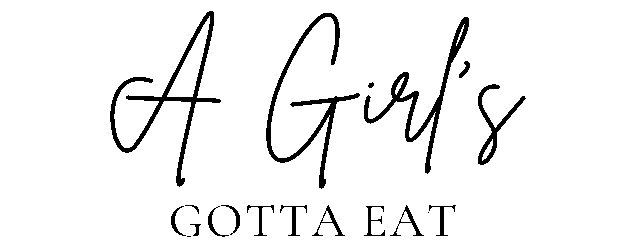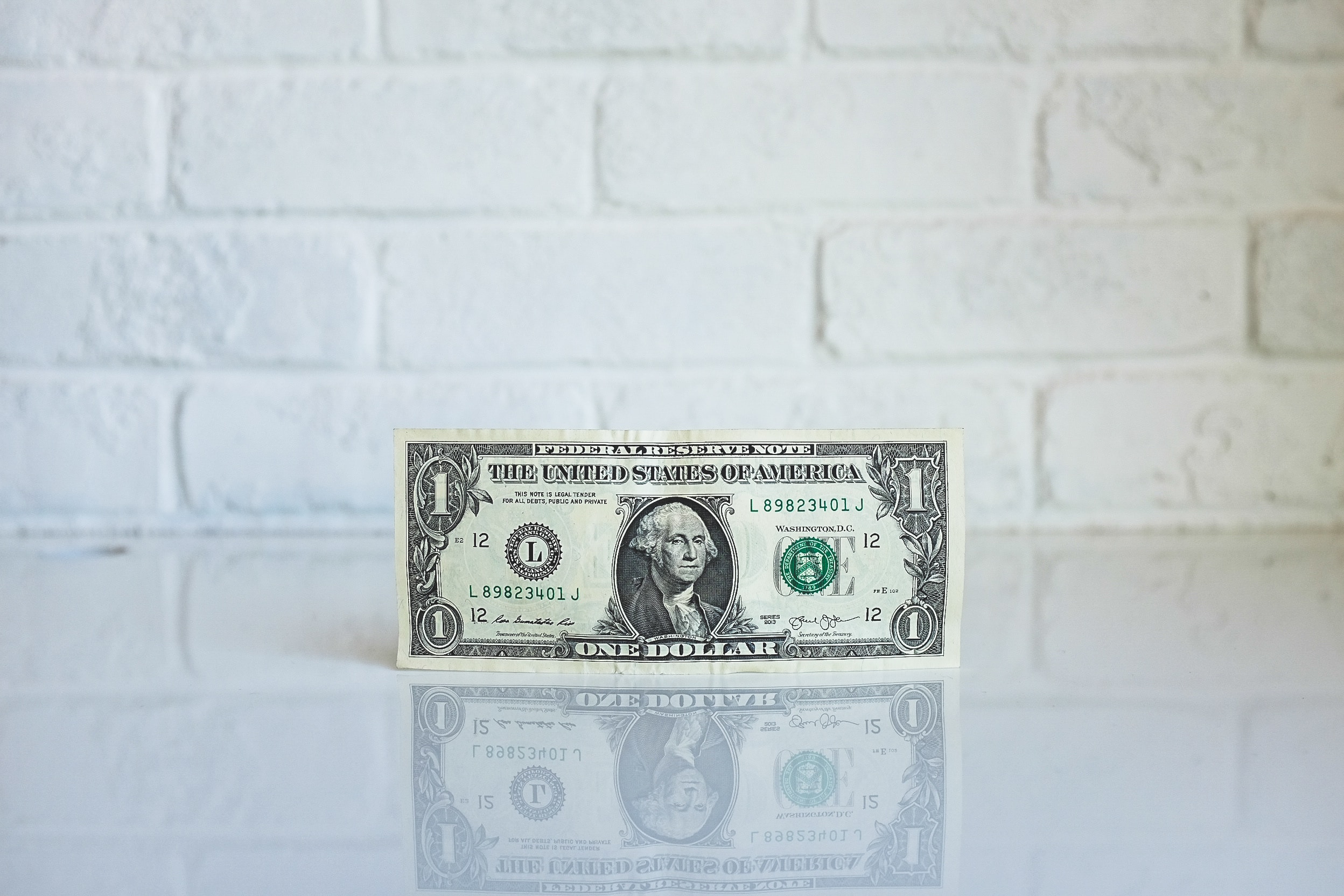How to Make Money With Your Blog or Website

If you ever plan on using your blog or website to make money, there are several different ways you can do it to make both active and passive income.
First things first: monetizing your blog is one of many reasons why it’s helpful to have a niche. By narrowing down your focus and sharing your expertise to a more specific audience, you increase your chances of making money regardless of which methods you use.
(Spoiler alert: This post contains affiliate links, because a girl’s gotta eat).
Here are 6 of the most common and effective ways to make money with your blog.
Advertisements
Google Adsense is the most common way to add banner ads to a website. These ads are Cost-Per-Click (CPC) or Cost-Per-Impression (CPM) ads. With CPC ads you are paid every time someone clicks the ads, while with CPM you are paid per 1,000 impressions. You don’t get to decide what ads show up, but they are usually relevant to your content. The more content you have on your site, the better your ads will target your audience and the more likely they are to click.
I use Mantis Ad Network for Jane Dope since cannabis is a banned topic on Google. Mantis is basically Google Adsense for cannabis websites. Both Google Adsense and Mantis pay anywhere from a penny to a few dollars per click/1,000 impressions, and unless you have very high traffic it can take a long time to hit the payout thresholds.
You can also sell ad space to private advertisers who want to rent the space on your site. This gives you more control over the types of ads that show up and you can set a monthly/quarterly/yearly price package for potential advertisers.
Banner ads are, in my opinion, one of the least profitable ways to monetize a new website. They can negatively affect the appearance of your site and turn people off too soon, so my suggestion would be to wait until your site is established and you’ve gained the trust of your readers before considering banner placement.
Affiliate Marketing
Affiliate marketing is another way to monetize your website by including links to products and services in your content. When you become an affiliate for a company or brand, you’re given a unique link that you can use when you link to their product. When a customer clicks this link and makes a purchase, you get a percentage of the sale. If you’ve ever purchased something at the recommendation of a blogger, YouTuber, or influencer, chances are they made a few bucks off you. It doesn’t cost anything for either of you, only the company paying out commissions.
Affiliate marketing sounds easy, especially if you’re already mentioning products in your content without the incentive of a payout. However, you can’t just slap up some links and wait for people to click and buy. This is the benefit of having a niche blog where your audience is looking for help with something specific. If you are their go-to expert, you can use affiliate links when you recommend products in your posts, and if they trust you they are likely to trust your recommendations. The more organically an affiliate link fits into your content, the more likely you are to convert it into sales.
(Read: These are the most well-converting types of content for affiliate marketers)
There are all sorts of strategies to maximize affiliate income; if you want to learn more, I highly recommend Michelle’s course Making Sense of Affiliate Marketing. I took this course a few years ago and it gave me a much better understanding of the whole process. This course will help you decide who to work with, how to maximize your content, how to stay on the right side of the law with your disclosures, and creative promotional methods involving affiliate links. I loved the course so much that I became an affiliate and recommend it to anyone interested in learning about affiliate marketing.
Sponsorships
Sponsored posts and brand partnerships are another common way for bloggers to monetize their content. This works similarly to the Influencer model of social media marketing, where you enter into a partnership with a brand and they pay you to talk about their products in their posts. Rather than paying you a commission like an affiliate, your sponsors will usually pay a fixed rate per blog or social media post that the two of you mutually agree upon. This rate can range from under 100 bucks to tens of thousands of dollars, depending on your influence and the size of your audience.
Most brands will let anyone become an affiliate because they don’t have to pay you any commission until you bring in sales. However, in the case of sponsorships, you have to have something to show to prove why you’re worth the price of a sponsored post. Many bloggers include a media kit when pitching brands – this kit typically includes details on the blog’s content and aesthetic, your audience demographics, your promotional methods, and your visibility stats.
Michelle Schroeder-Gardner just launched a course called Making Sense of Sponsored Posts that goes over everything you need to know about making money with sponsored posts. I have not taken this course (yet), only her affiliate marketing course, but since I enjoyed that course so much I’m confident recommending this one as well.
My other tip for succeeding with sponsored posts is CONTRACTS. YOU MUST HAVE ALL THE CONTRACTS. Every contract I use comes from Ash Ambirge’s Unf*ckwithable Contracts bundle which includes contracts for freelancers, affiliates, hiring contractors, and more. Keep that ass covered.
Products
What kind of digital product could you sell to, for example, a wedding blog audience? Invitation printables, a wedding planning workbook, decor templates… you could even direct visitors to an Etsy shop where you sell handmade items related to your niche.
If you have a blog and would like to create a product but have no idea what kind, consider the needs of your audience. What are they looking to buy if they land on a site like yours? Which links are they clicking the most? Chances are your audience is already telling you what to sell them, you just have to figure out what it is. To help get the ideas brewing, here’s a list of 20 types of digital products you can sell for passive income.
Services / Freelance Work
Similar to products, you can use your blog as a platform to help sell freelance services to your readers. This can be anything from virtual assistant services, freelance writing, SEO help, Skype consultations…
Use your content to target potential customers and give them an idea of how your services will help make their lives easier. Consider your blog a built-in portfolio where you control all the variables and have a chance to flex your own voice and style without the restrictions of a paying client. What writer would refuse an opportunity like that?
Patreon
Maybe you have zero desire to sell or promote anything except your content. Sites like Patreon allow artists to give loyal readers and customers an option to donate in support each month, usually to help with things like keep up with maintenance costs, buy new materials, and pay an income to the artist.
For example, I donate to Binging With Babish because I’m obsessed with his cooking videos and I want to support the work he puts into them. In exchange, I get access to his patron-only feed. And I donate to The Lux Letter because Lux is a brilliant sex writer and I thoroughly enjoy her weekly newsletter.
Once you know your audience and you’re confident in your niche, it can actually be pretty easy to turn the money faucet on for your website. I hope this helps you better understand the most common options so you can decide which methods are right for you. As always, feel free to leave any questions or share your experience in the comments.





